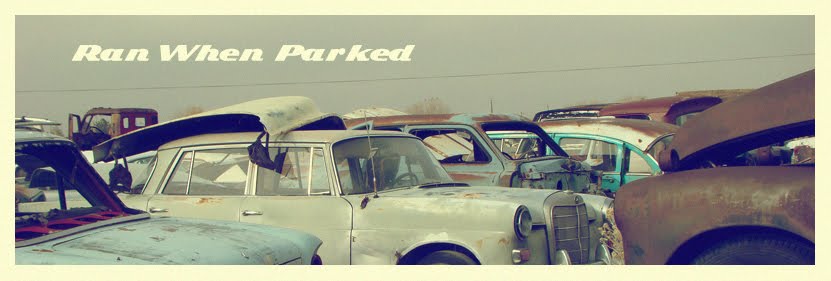
Today, bringing a fairly new car in from Europe or Asia to the United States is virtually impossible. No, it's not impossible; you can bring a Porsche 959 in, but you'd better have pockets as deep as Jerry Seinfeld's. Realistically, a European model of a standard car, like a Mercedes-Benz E220 CDI or a BMW 330d, is not going to be legally imported to the United States for on-road use unless you're a diplomat or are willing to buy several cars for the government to crash and sniff tailpipes.
But it wasn't always so. Once upon a time, it was so common to import a specific model from Europe that we had a term for it: Gray Market. Yes, that term still exists today, but we don't use it for newer cars in the United States. A huge industry in the past, importing European models of common cars is now a mere relic of the past.
So why did people once want European models? Often, it was because they were cheaper than the ones distributed officially through the dealer network. You could scrimp on luxury options and have the same basic goodness in a less expensive package. Rather than getting leather or MB Tex seats, you'd end up with plaid cloth; electric motors went out the window to be replaced by manual cranks; air conditioning, a "must have" for U.S. consumers wasn't so necessary to Europeans. Lots of little differences.

Sometimes it was for performance. Less stringent European emissions standards in the '70s and '80s meant that simpler, more reliable powertrain options were available on the cars U.S. buyers wanted. Instead of suffering through complex fuel injection systems, expensive catalytic converters and seemingly dangerous reactors.

And, maybe, some buyers just wanted something a little more exotic. A slightly different badge on the back, less aggressive bumpers, unique color combinations, and the like.
Regardless, all Gray Market cars came over for a reason and it seems that most were just used as daily transportation, just like the U.S. cars. No doubt all of the cars pictured - Mercedes W123s found in a Dallas area junkyard - each have their own interesting story. Too bad they'll never be back on the road.

Do you have a good Gray Market car story? Please share in the comments section below.




 If I remember right, the owner was asking $500 for it. I passed on it and the car is now gone, off to the Italian car heaven in the sky.. where they hopefully don't salt the roads.
If I remember right, the owner was asking $500 for it. I passed on it and the car is now gone, off to the Italian car heaven in the sky.. where they hopefully don't salt the roads.














